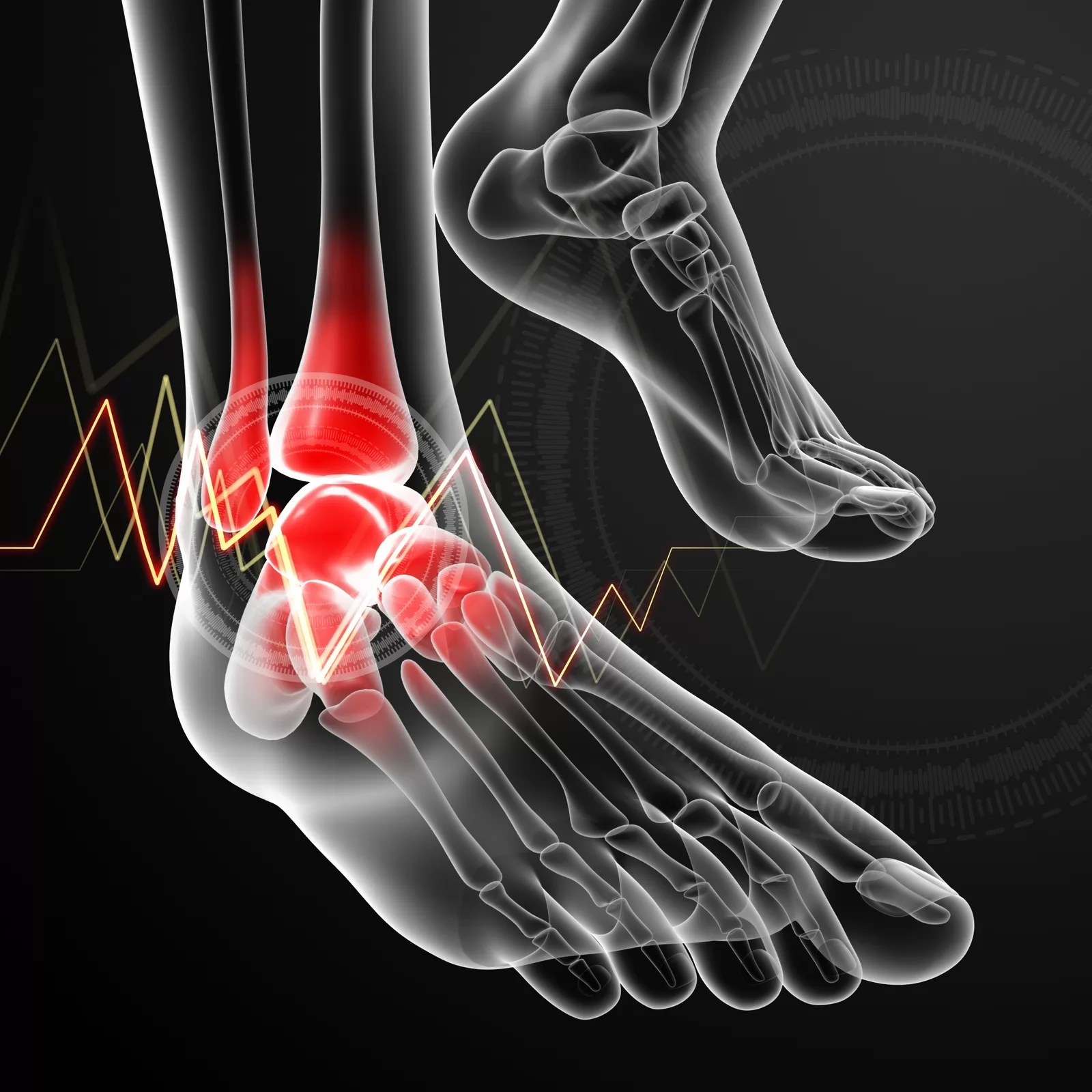
Ankle Diseases
Our feet; It is an significant limb for carries the weight of our body. When we say foot and ankle diseases for many restlessness from children and adults come to mind. To list them; flat feet, drop feet, diabetic feet, rheumatological feet, tendon problems, all kinds of deformations of the foot, pain in the heel and other parts of the foot, gait disorders, ankle cartilage lesions, sports injuries, congenital deformations, finger and nail disorders, calluses, heel fractures and related sequelae.
Causes Of Foot-Ankle Pain
- Sprain/Strain (twist of the ankle)
- Tendinitis/tenosynovitis
- Fractures
- Inflammatory arthritis: Rheumatoid Arthritis (RA), Ankylosing Spondylitis (AS)
- Arthrosis (Calcification)
- Callosites
- Deformities (Shape Disorders): Hallux rigidus, hallux valgus, pes planus (Flat Foot)
- Neurogenic pain
- Tarsal tunnel
- Morton neuroma
- Complex regional pain syndromes
- Lumbar disc hernias
- Avascular necrosis: Freiberg syndrome
- Tumors
Dropfoot Syndrome: Loss of dorsiflexion and eversion of the foot occurs depend on muscle or nerve damage. In other words, it means the loss of the ability to lift the foot upwards from the ankle and move it outward. Drop foot is usually diagnosed during a physical or neurological examination by your doctor. Patients cannot perform walking exercise on both heels. After foot drop is observed during the physical examination, investigations have for the cause and diagnosis.
Finger Deformity: The deformity may also occur in the other toes of the foot. They are most common in the second and fifth fingers. The most common problem for the thumb is the "hallux valgus", which is known as the outward rotation of the thumb and has a swelling like a protrusion. Sometimes it goes so far that the thumb can go under the second finger. It is more common for women. Surgery may be considered for advanced levels.
Hammer Toe: The hammer toe deformity is the most frequently treated little finger deformity in the foot. Generally, hammer toe formation is caused by the pressure that occurs when wearing tight shoes. Bendable hammertoe deformity; It can usually be treated with soft tissue release or tendon transfer technique.
Pes Ekinovarus : Congenital clubfoot (DCA) is the most common congenital orthopedic abnormality encountered in 1–2/1000 births, perhaps requiring intensive treatment. The view accepted by almost all orthopedic physicians today is that the first treatment for idiopathic clubfoot is non-surgical treatment. After all, another view accepted by the majority is that the earlier for treatment is started, the more beneficial it will be. Surgical release should be applied to all pathoanatomical structures.
Pes Planus (Flat Feet): It is the most common disease in childhood. In the first three years of age, flat feet cannot be diagnosed due to the soft tissue structures of the feet. Most pes planus are flexible, requiring no treatment. Rarely, more serious problems can underlie pes planus. In cases with Achilles shortness, ankle and subtalar joint range of motion problems and pain, care should be taken and detailed research.